SAS monitors: Defence to roll out body cameras to expose misconduct and rebut false claims
Our most elite soldiers face unprecedented scrutiny as Defence rolls out body cameras to expose misconduct and rebut false claims against them.
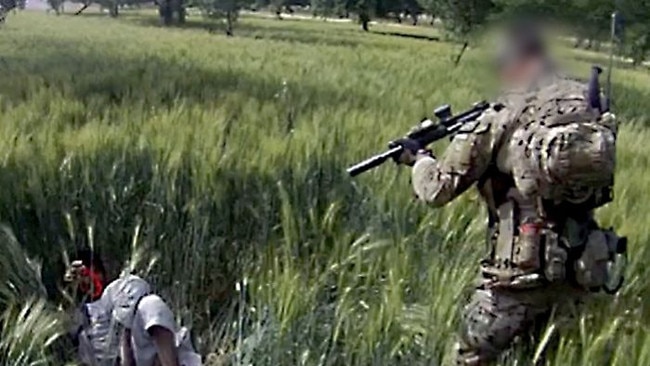
The nation’s most elite soldiers face unprecedented scrutiny on the battlefield as Defence rolls out new body cameras to expose misconduct and rebut false claims against them.
The move, recommended by the Brereton war crimes inquiry, will spark a backlash from special forces troops, with experienced personnel warning the cameras will adversely affect soldiers’ performance by empowering “armchair” critics.
The Australian can reveal the Chief of the Defence Force Angus Campbell directed the Chief of Army last November to introduce “an interim capability for body-worn cameras that is available for employment on short duration, specified tasks by the end of 2023”.
Defence revisited the cameras plan following Labor’s federal election victory last year, after it failed to win support from the previous Coalition government.
The department said the direction was now being implemented under its special forces reform program. It declined to say whether the cameras would be made mandatory for Special Air Service and 2nd Commando Regiment troops, as judge Paul Brereton recommended.
“This interim capability will support the ongoing and detailed work, through studies and trials, that is required to establish an enduring solution,” a Defence spokeswoman said.
The push for technology-enabled scrutiny of special forces troops comes amid renewed attention on war crime allegations and accountability, after Victoria Cross recipient Ben Roberts-Smith’s failed defamation action against a media organisation that accused him of multiple murders.
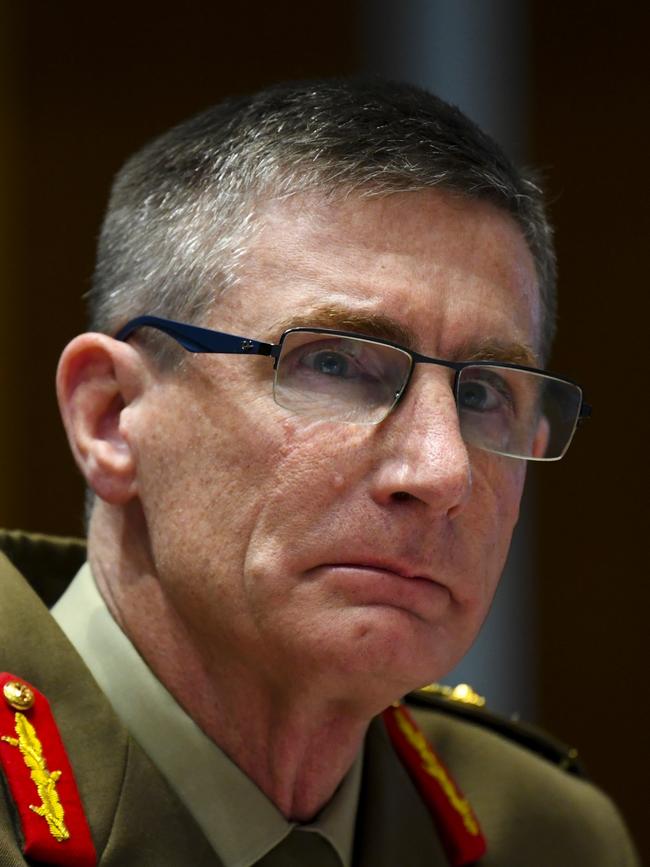
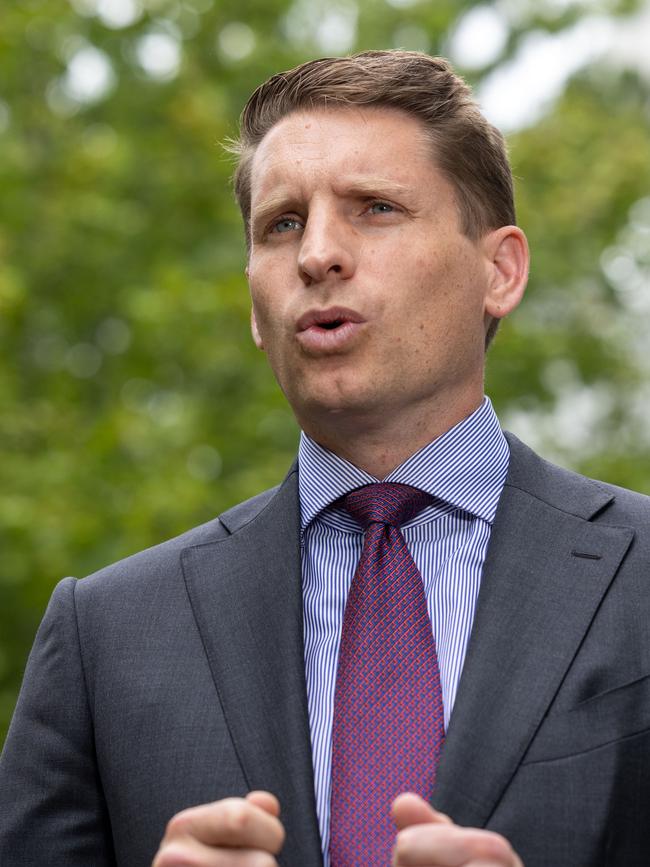
A senior SAS veteran said body and helmet cameras had a role in some high-level operations, pointing to their use in the Osama bin Laden raid by US Navy Seals.
But their wider use would undermine soldiers’ ability to be effective on the battlefield because they would inhibit their ability to make split-second decisions, the source said.
“The battlefield is not a domestic police setting. The battlefield is chaotic and uncontrolled and there aren’t really any nice rules that apply,” the veteran SAS officer said.
“The point is, the soldier probably won’t take the risks they need to take if they think everything they’re doing is going to be reviewed afterwards in an armchair.
“(Cameras) make sense if you’re talking about the laws of war, but if you’re a soldier and you’re fighting for your life, they make no sense at all.”
It is understood KPMG has provided advice on the cameras’ introduction.
Opposition defence spokesman Andrew Hastie, a former SAS captain who did two tours to Afghanistan, warned mandating video cameras on operations would undermine trust between soldiers and their commanders.
“The Brereton report identified a breakdown in moral and ethical standards on the battlefield,” he said.
“That’s a human problem, not one solved by technology, such as body and helmet cams.
“If we are going to entrust the SAS with sensitive, strategic missions, then we need to select and train people to the highest possible standards in both special warfare and ethics.
“Trust needs to be rebuilt. We don’t need technology as a substitute for command and accountability.”
Mr Hastie warned that the cameras could also present operational security issues for soldiers on clandestine missions, and could prove disastrous if footage fell into enemy hands.
Mr Hastie cited the 2017 Tongo Tongo ambush of US special forces in Niger, in which four Green Berets and four Nigerian soldiers were killed by ISIS militants.
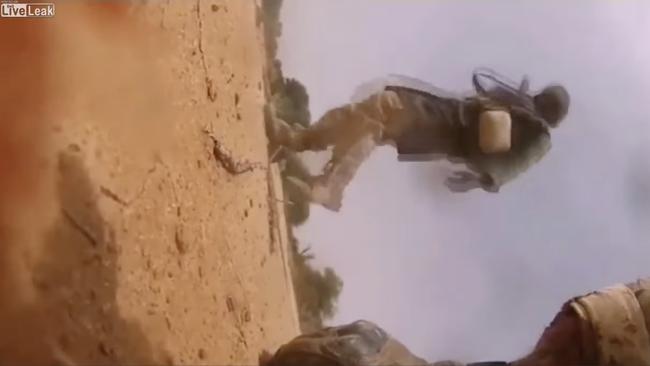
A helmet camera carried by staff sergeant Jeremiah Johnson, who died in the battle, was seized by enemy fighters and used later for jihadist propaganda.
“Do we really want to risk the same for Australian troops?” Mr Hastie said.
Another senior source, a retired SAS officer with multiple Afghanistan deployments to his name, described the policy as a “flawed, knee-jerk reaction”.
“It will not work. We train to fire and move, so (the cameras) will be pointing at the dirt half the time,” he said.
“This policy is because of the actions of a small number of f..kwits.
“At the end of the day, you have to be able to trust your soldiers.”
Privately owned helmet cameras were used by many soldiers in Afghanistan, providing evidence of at least one alleged war crime in footage aired by the ABC’s Four Corners program.
Oliver Jordan Schulz was charged with one count of “war crime – murder” in relation to the 2012 killing of Dad Mohammad in an Uruzgan Province wheat field, who could be seen in video footage on his back with his hands raised before being shot by an Australian soldier.
Justice Brereton, whose November 2020 report cited credible information that Australian soldiers killed 39 Afghan prisoners and civilians, found that the wearing of “appropriate helmet camera(s) or body camera(s) by SF operators on operations should be mandated”.
He said mandatory use of body cameras by police was now widely accepted to confirm lawful actions and provide evidence of wrongdoing.
“Use of official helmet cameras by SF operators, perhaps more than any other single measure, would be a powerful assurance of the lawful and appropriate use of force on operations, as well as providing other benefits in terms of information collection, and mitigating the security risk associated with unofficial imagery,” Justice Brereton said.
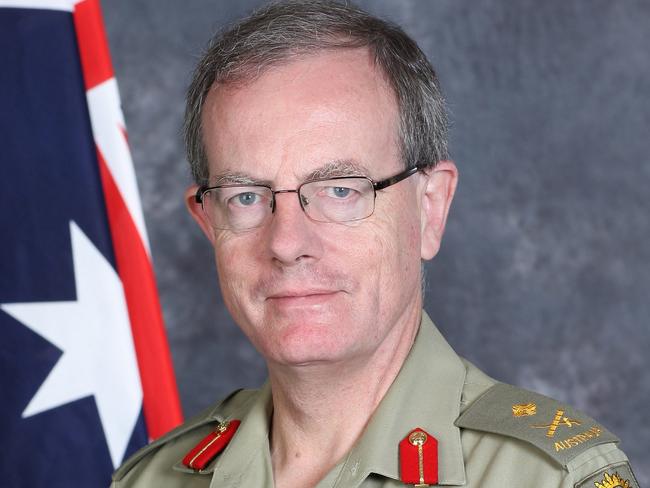
General Campbell responded soon after the Brereton report was released, saying that soldier-worn cameras would offer “a degree of objectivity and a capacity for learning, development and record-keeping”.
“I think it is a very good idea,” General Campbell told the ABC’s Insiders program.
“That material would become a digital archive, permanently and securely held, so that if claims were to arise … they would contribute to understanding what may have happened.”
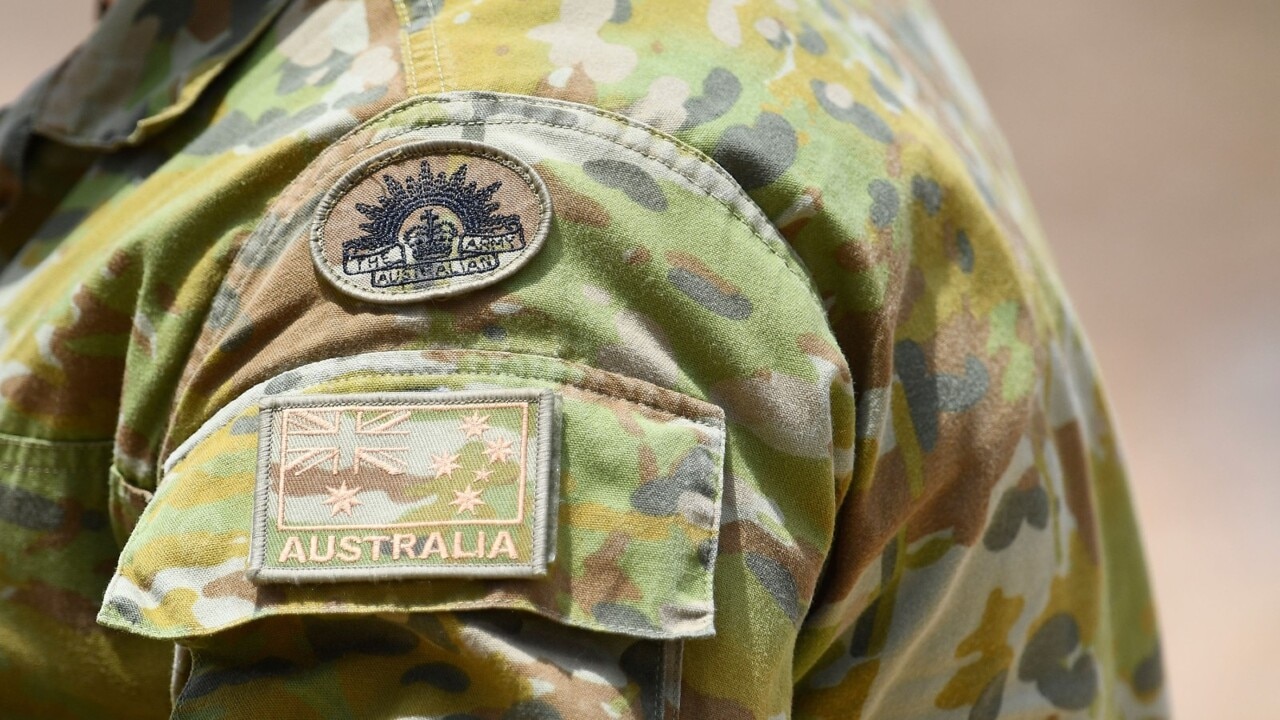
Defence’s Afghanistan Inquiry Reform Plan, released in July 2021, said the department was moving to use digital technology to provide a record of special forces patrol operations under a wider plan to use data for better decision-making and performance measurement.
Defence said that having better information would improve decision-making and performance by “building a single source of truth, or integrated sources of truth”.
In a separate initiative, Defence is also working on a joint project that would give it the ability to continually monitor the vital signs of military personnel.
The University of South Australia-led project aims to use smart watches to ensure ADF personnel are “fit for duty”.
Researchers are working on a system using off-the-shelf “wearables” that could be deployed to collect thousands of hours of health data on individual personnel at very low cost.
Chief Defence scientist professor Tanya Monro said the project could enhance the ADF’s war-fighting capabilities and allow early detection of chemical or biological threats.
More Coverage
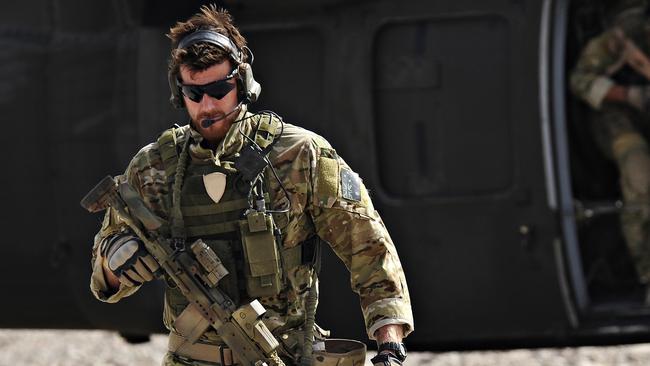



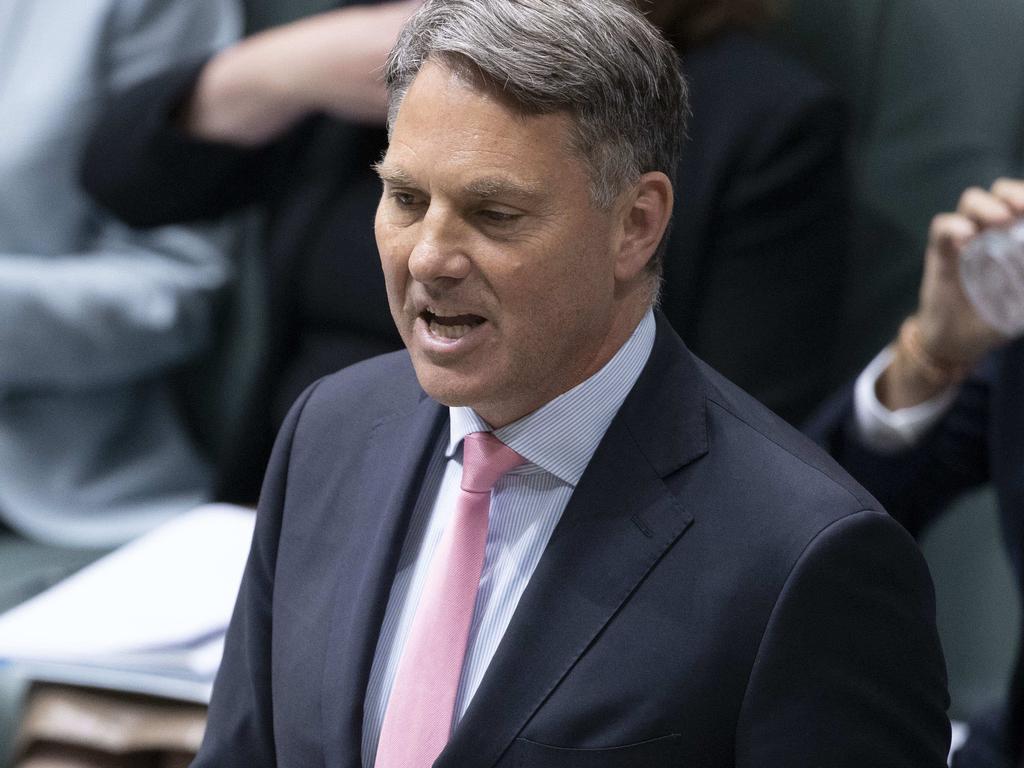
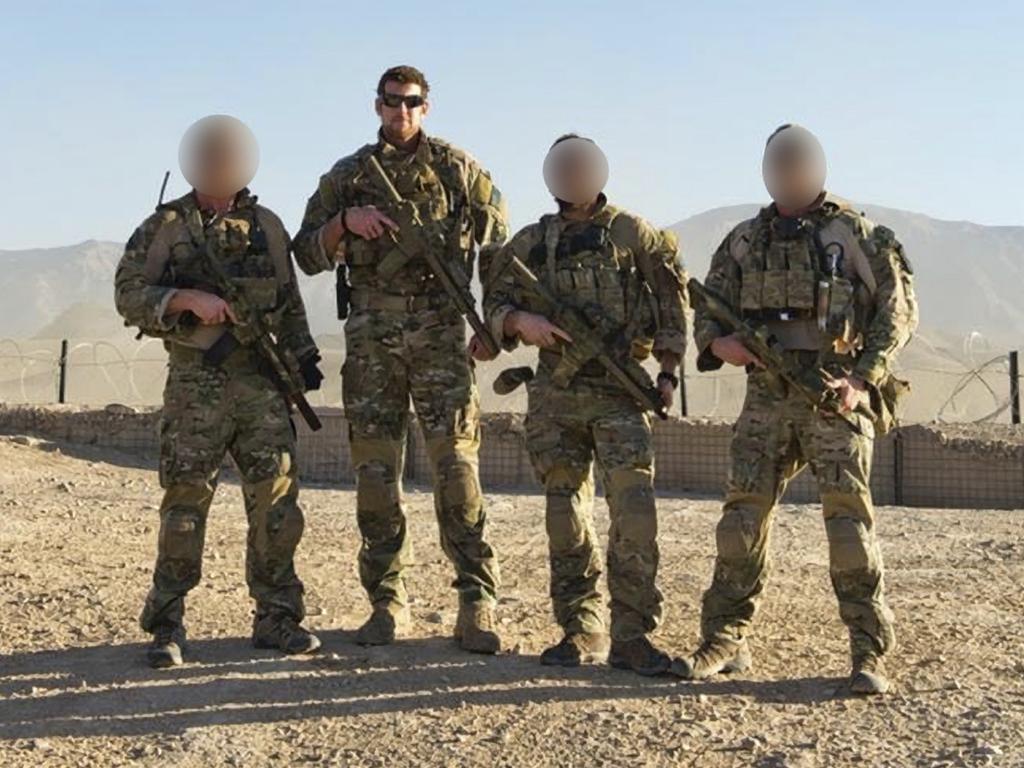
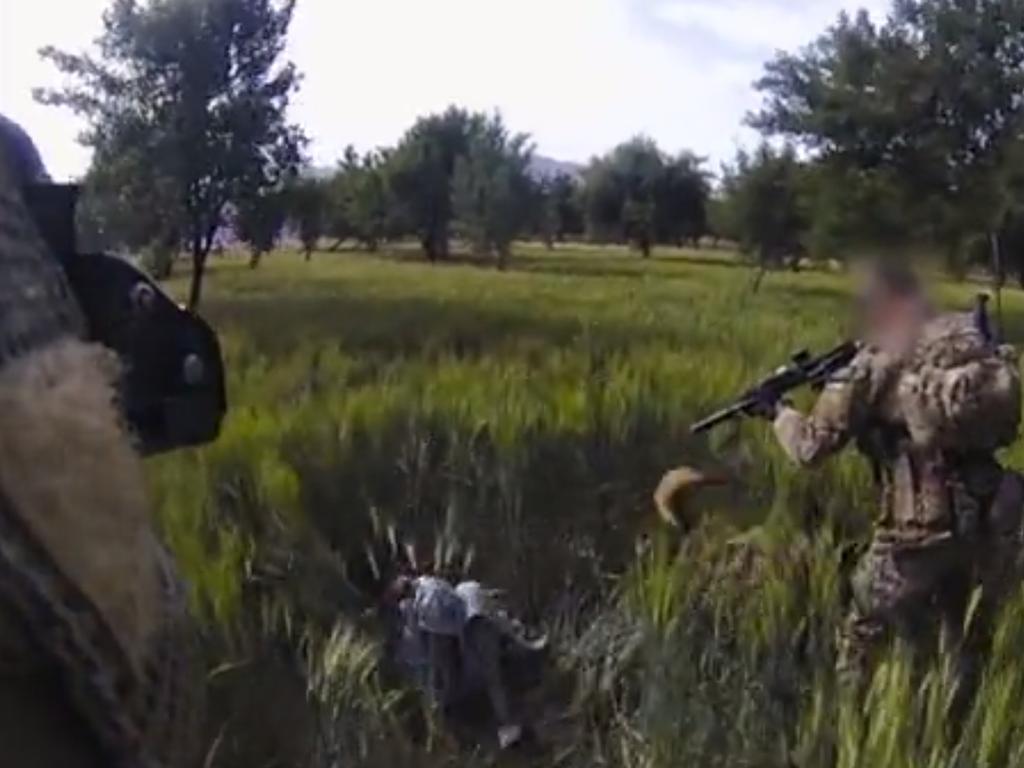

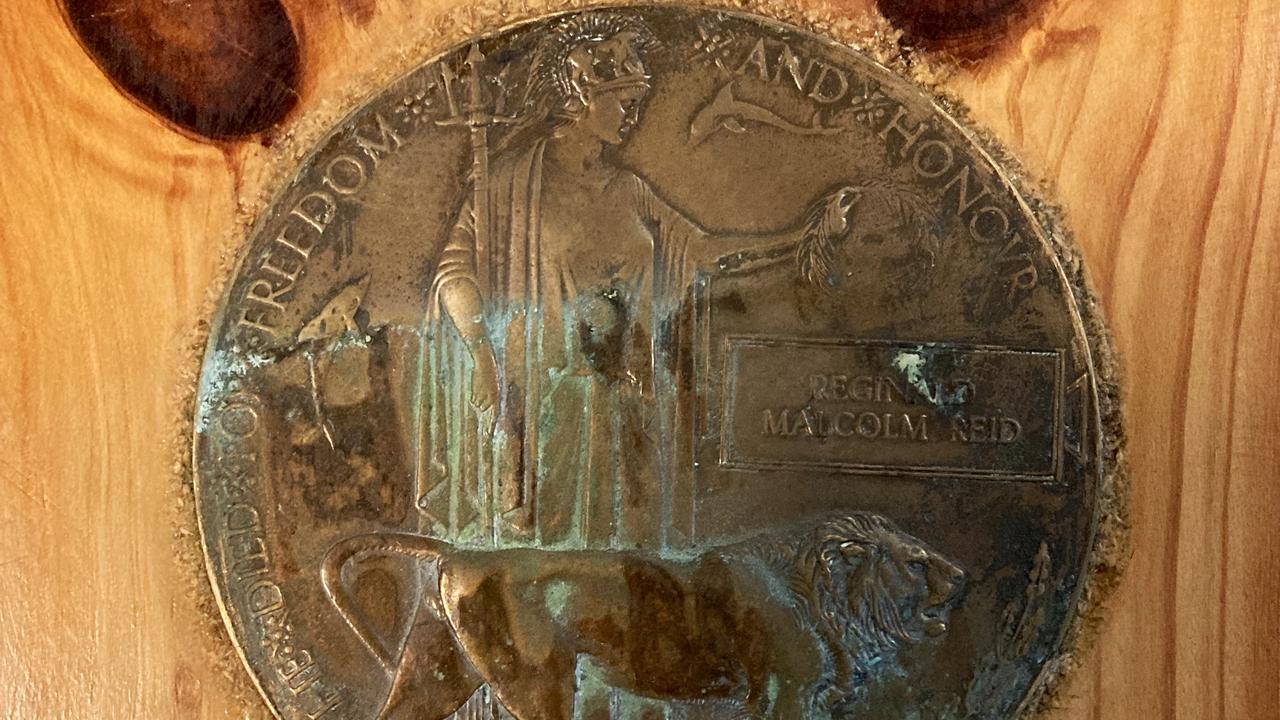
To join the conversation, please log in. Don't have an account? Register
Join the conversation, you are commenting as Logout